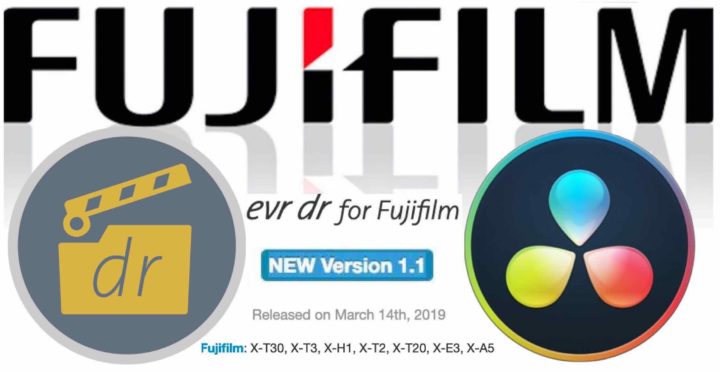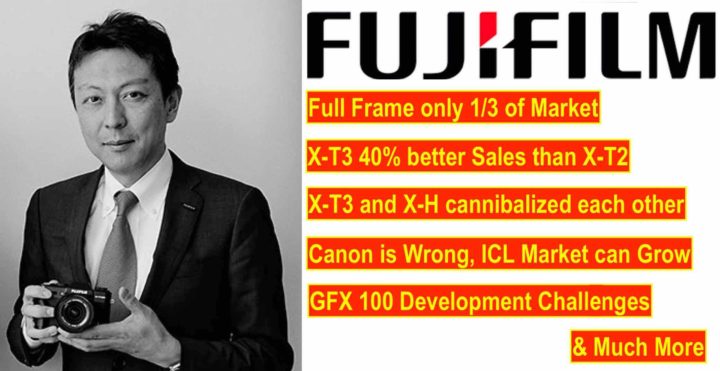This Guy Sticks with Fujifilm APS-C, Does Not Go FULL FRAME and Shares a “Cure Your GAS” Excel Spreadsheet
Cure Your GAS
In times, where we are bombarded with marketing material about Full Frame mirrorless cameras, Jason wonders if he should switch to FF from his Fujifilm X-T2.
But instead of just following the hype (and the GAS), he decided to applied a methodology that helps him to decide more objectively if such a switch would make sense.
First he list the 5 most important characteristics he looks for in a camera according to importance:
- portability – 30% importance
- lens selection – 20% importance
- user interface – 20% importance
- image quality – 15% importance
- autofocus – 15% importance
He then assigned a rating to each of the above features for the following cameras: Fujifilm X-T3, Fujifilm X-T2, Sony A7III, Nikon Z7, Panasonic S1 and Canon EOS R.
He ended up with the following results:
Ranking:
- Fujifilm X-T3 – 7.9
- Fujifilm X-T2 – 7.75
- Sony A7III – 7.65
- Nikon Z7 – 6.8
- Canon R – 6.7
- Panasonic S1 – 6.15
The results showed him that he can save himself the $6,000+ he’d need to switch to the Sony A7III (+ lenses he needs), since it ranks even below the camera he already uses, the Fujifilm X-T2.
He concludes that he better spends that money for nice trip with his X-T2.
Of course everybody will get different results, depending on which top 5 features you select and which importance you assign to them.
So which one is the right call for you?
Use Jason’s methodology, download and edit his “Cure Your GAS Excel Spreadsheet” on dropbox here, and let’s see if Fujifilm is still the right call also for you.
Altough I find this a cool methodology, I personally won’t make this test, since I already know that what need to reach ultimate photographic happiness is an X-E4 with tilt screen and this XF 27mmF2.8 with aperture ring.
Follow FujiRumors on Facebook, RSS-feed, Twitter, Youtube and Instagram
Our Owners Groups
- Fujifilm GFX User Group
- Fujifilm X-T User Group
- Fujifilm X-H User Group
- Fujifilm X-E User Group
- Fujifilm X-Pro User Group
- Fujifilm X100 line Group
Our Facebook Pages








